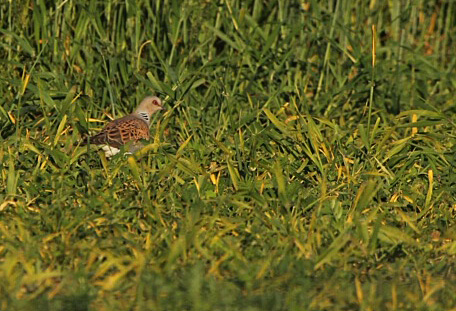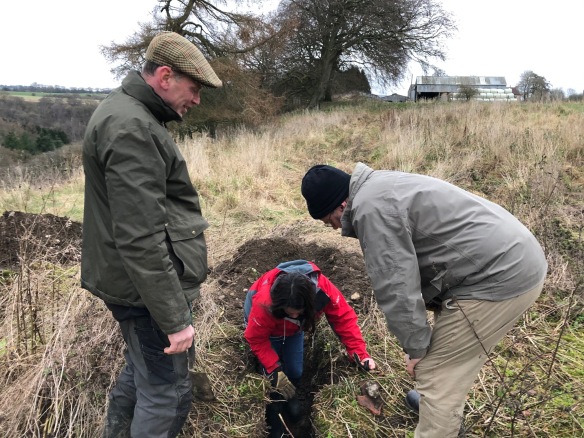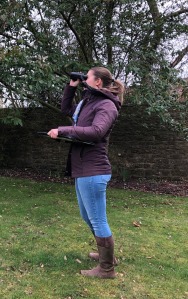Richard Baines – Volunteer North Yorkshire Turtle Dove Project Officer
2020 Breeding Season
 Many people ask me ‘how did the Turtle Doves in North Yorkshire do this year?’ This is always a tricky one to answer because we have only been conducting surveys for five years. This is a short time scale to confirm a population trend. However, this year has been amazing for several reasons. The great weather in spring got us off to an excellent start and must have been good for returning doves. Despite observing the lockdown restrictions at all times we managed to monitor 20 population squares and conduct both visits in each square.
Many people ask me ‘how did the Turtle Doves in North Yorkshire do this year?’ This is always a tricky one to answer because we have only been conducting surveys for five years. This is a short time scale to confirm a population trend. However, this year has been amazing for several reasons. The great weather in spring got us off to an excellent start and must have been good for returning doves. Despite observing the lockdown restrictions at all times we managed to monitor 20 population squares and conduct both visits in each square.

Turtle Dove in North Yorkshire 2021. Copyright Richard Baines.
A maximum of 33 and a minimum of 23 singing males were found in these 1km squares. Turtle Doves were found in 50% of the twenty squares. This compares well to previous years but may have been helped by the good weather. During the surveys I realised how important it is to conduct a Turtle Dove breeding survey in still conditions. It would have been so easy to miss a purring Turtle Dove on a windy morning.
Many additional sightings were sent in to our project this year, a total of 270 birds. Many of the casual sightings will have been seen more than once but the good news is this was 28 more than 2019. These included a minimum of 63 singing males which were found in locations away from our formal survey squares. This gives a minimum total of 86 singing males in our project area in 2020. The number of unique singing males found in each of the four years of our project has been consistently between 50 and 100 birds.

Turtle Dove in North Yorkshire 2021. Copyright Richard Baines.
With less surveys being possible in 2020 due to COVID-19 restrictions we are very pleased with the results. A Big Thank You to everyone who sent us their sightings this year. We now know where most of our Turtle Doves are in North Yorkshire. This is a big help, allowing us to target conservation work in the areas where Turtle Doves need it most.
2021 Surveys
We are hoping to be able to carry out the full suite of North Yorkshire Turtle Dove surveys next spring. We will shortly be announcing the dates for our annual April volunteer meetings, either at one of our regular venues or, if necessary, virtually. Its really important we keep up these surveys and continue working equally hard on improving habitat for Turtle Doves in our area. If you are new to our project and would like to volunteer please email.










































